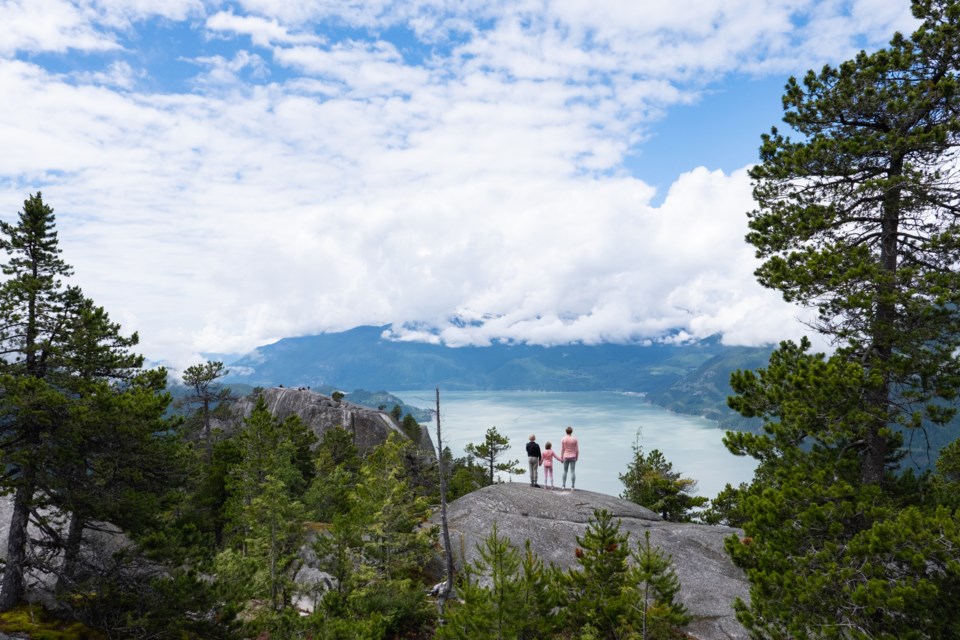“Out! It’s way too nice to be sitting inside.”
Are these just words of frustration uttered by parents in an effort to get kids away from screens, or could they represent a deeper wisdom?
Many studies have revealed links between being in nature and having good physical and mental health.
One of the reasons we feel better when we spend time outside is that the outdoors provides more opportunities to exercise.
And exercise seems to trigger the release of dopamine and serotonin molecules in our bodies, which can improve mood and increase feelings of well-being.
Also, when in sunshine, our bodies produce more vitamin D, which helps the body take in more calcium and phosphate from food. These minerals are important for maintaining bone health, regulating mood, and decreasing depression.
“Nature is not only nice to have, but it’s a have-to-have for physical health and cognitive functioning,” said Richard Louv, author of Last Child in the Woods: Saving Our Children from Nature-Deficit Disorder.
As children and young adults, we are the developing workforce and future leaders of Squamish.
To ensure we are physically and mentally strong, healthy and happy, we can start young in developing habits that make time outdoors an everyday part of life.
Outdoor activities for children are often less structured than indoor, which lets kids experiment with new ways of learning and encourages them to develop a sense of independence and creativity.
This can promote a heightened sense of self-confidence, lower stress levels, and increase the ability to focus for longer periods of time.
Anyone who has happened upon the little ones at Squamish Nature Learners in Legacy Park has had a chance to see creativity bloom when children are supported in learning outdoors.
For some of us in the Squamish community, the outdoors provides daily opportunities to hike, bike, climb or run. These activities are a great way to get outside. But a good workout is not the only way to reap the health benefits of nature. Just being in a natural environment decreases the amount of cortisol, our primary stress hormone, in the blood and improves mental well-being. We are all different and have different constraints, but most of us are lucky enough to be able to sit beneath a tree and listen to the sounds of nature or enjoy the feel of sunshine on our faces.
Many of us can take an outdoor lunch break, and walk or bike to school or to a job.
It can be calming to just sit on a covered patio and work on homework while listening to the rain. Even spending a few minutes reading or doing an art project outdoors can provide health benefits.
We all know that we should “eat healthy,” exercise, and get good sleep, but it is important to also think of time outdoors as one of our basic needs.
People travel from all around the world, use their vacation days and spend their money for a few days in this beautiful place we are so lucky to call home. Let’s make the time to enjoy the benefits of the natural environment that Squamish offers.
Zeia Dayton is a member of the Squamish Youth Council.
Get Squamish news daily with our free newsletter. Sign up here.






